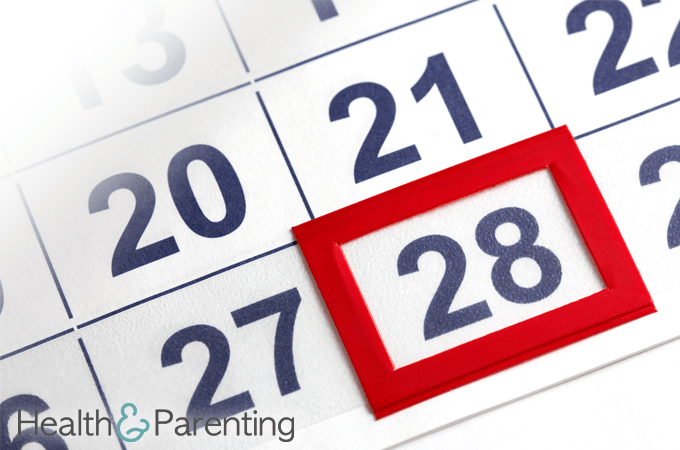Menstrual cycles are often discussed as being 28 days long, this is because the average cycle length is 28 days. This doesn’t mean, however, that your cycle needs to be 28 days long. In fact, many women do not have cycles that are 28 days in length. Most women find that their cycle is between 22 and 35 days long, though they can be even longer or shorter and still be considered normal.
Does it mean there’s something wrong?
Some women have menstrual cycles as regular as clockwork, but for others, there is always an air of unpredictability. After puberty, most women find that their periods settle into a regular pattern, though this is not true for everyone. Your cycle length can seemingly change from month to month. Menstrual cycles can be affected by stress, travel, illness, weight and contraception. You may find that there is a broad range of normal for your periods.
If you are worried about your cycle, you can contact your healthcare provider for advice. You should contact your healthcare provider if:
● you haven’t had a period for 90 days (and are not pregnant)
● your periods suddenly become irregular
● your period lasts longer than seven days
● your periods are less than 21 days apart
● your periods are more than 35 days apart
● you bleed between periods
● your period is much heavier than usual
Does it matter if my periods aren’t 28 days apart?
As long as your periods are within the normal range of 22-35 day cycles, then it’s usually nothing to worry about. The only downside is that you may have to do slightly more complicated mathematics to calculate when your next period is due. It’s important to keep track of your cycle, to make sure you are having regular periods, and this can be slightly more complicated with an irregular cycle.
How to keep track of it
As long as your cycle is within the normal range, it doesn’t really matter how long it is. What matters is that you know when to expect it. Some women end up feeling scared or anxious when their period hasn’t arrived four weeks after their last one, and this undoubtedly leads to a great number of pregnancy test sales.
Instead of simply adding 28 days to the first day or your last period, try to calculate the length of your actual cycle by recording information. You can use a period app that will analyse data about your periods, and provide you with an estimate for when your next period is due, as well as tell you what your current menstrual cycle pattern is.
You don’t need a fancy phone app to calculate this for you, you can do it with yourself with old fashioned pen and paper. Simply take note of the start and end date of your period for a few months, and then work out your mean cycle length. You can add this information to your daily diary so that you can easily look back and check when your last period was.
This information is not intended to replace the advice of a doctor. Health & Parenting Ltd disclaims any liability for the decisions you make based on this information. All contents copyright © Health & Parenting Ltd 2014. All rights reserved.










